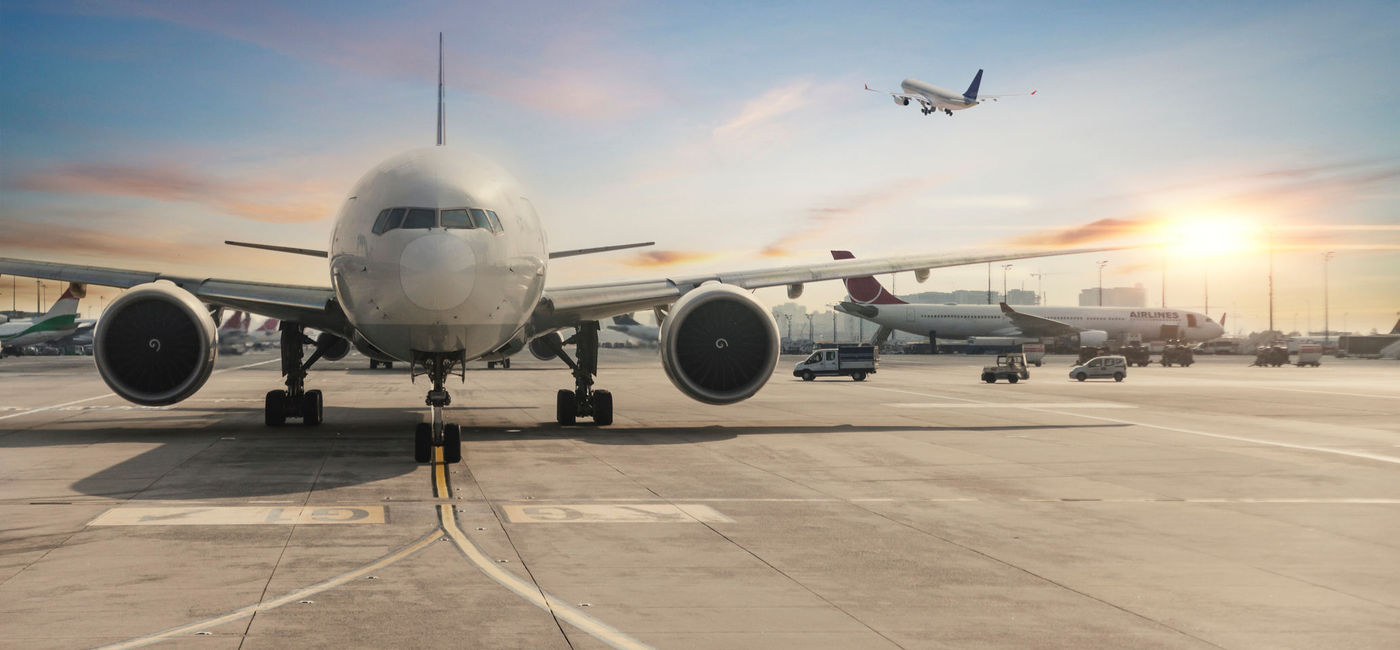Airlines are padding their flight schedules to avoid delays

More and more, airlines are using a common practice known as padding to avoid delays.
That is, say it takes two hours to get from Destination A to Destination B. The airlines will then say it takes 2 hours and 30 minutes. When they come in under, for example, at 2 hours and 15 minutes, they look like the hero for coming in early. In reality, it probably took two hours instead so instead of being 15 minutes early, they are really 15 minutes late.
It’s a common practice by airlines to avoid delays. And it improves their on-time performance statistics.
It sounds sneaky but is the way of the world these days in aviation.
According to Finance Buzz, on average, airlines are padding their scheduled flight times by just over 10 percent.
At 13 percent, Southwest Airlines adds the most padding time to its schedules of any airline. Hawaiian Airlines does it the least at 4.7 percent. On a typical two-hour flight, airlines add approximately 11 minutes to their flight schedules to counteract delays. In 2012, they added only eight minutes, meaning padding time has increased by 27 percent in 10 years.
And is happening across the board.
Not only does schedule padding help with on-time performance, but it also gives the airlines a way out in terms of paying compensation if a flight is delayed.
Yeonseo Jo, A PhD candidate at the University of Florida’s College of Health and human performance, said the practice is likely to continue as airline flights get more and more crowded, and they cut back on their schedules.
To compile the data, Finance Buzz downloaded over 35 million flight records from the Bureau of Transportation Statistics, representing all domestic flights from 2012, and 2017 to 2022.
